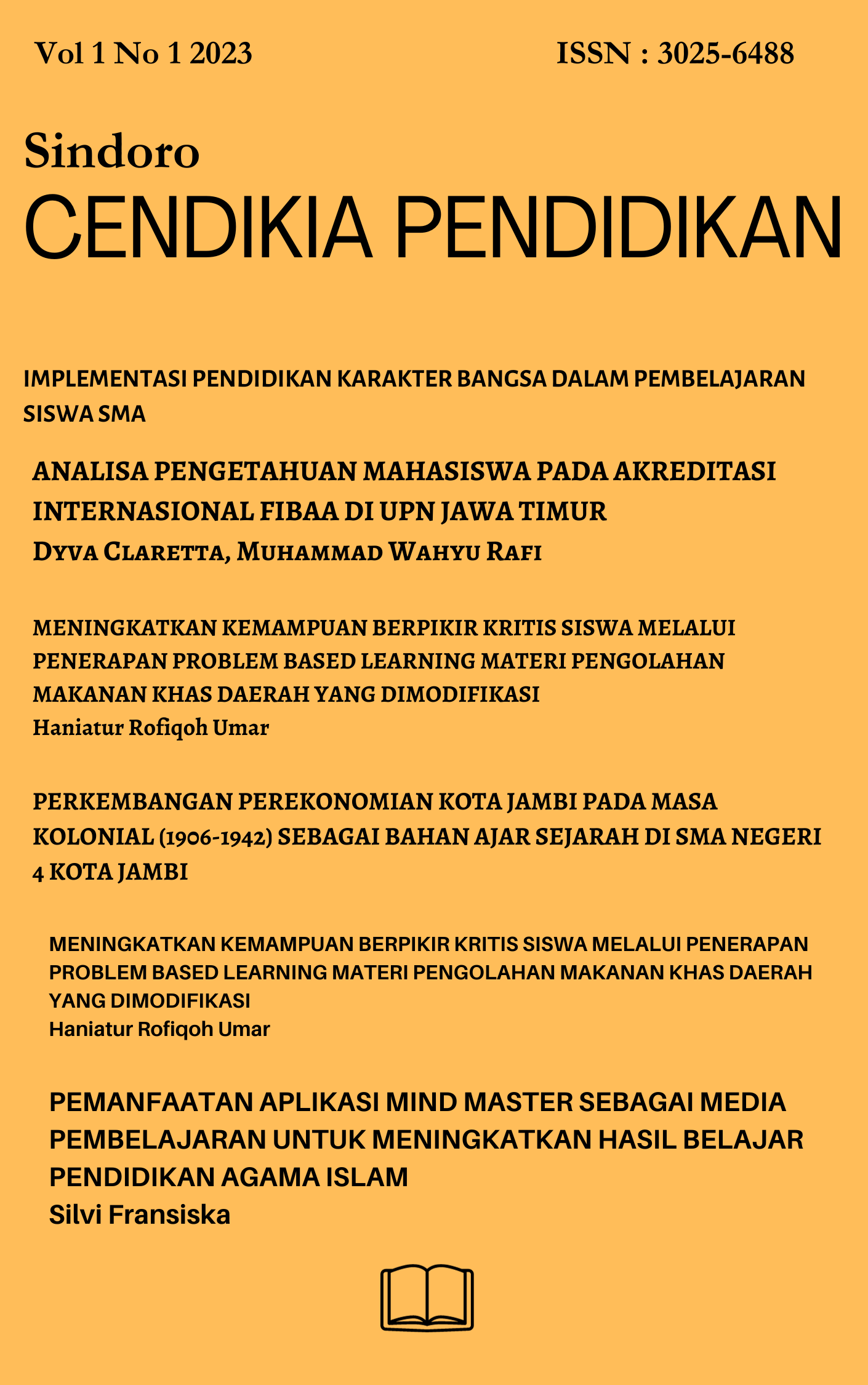LANGUAGE DEVELOPMENT IN PRESCHOOL (5-7 YEARS) CHILDREN WITH DYSLEXIA: A PSYCHOLINGUISTIC STUDY
Main Article Content
Abstract
The main function of language is to communicate and interact with others. The process of language acquisition begins in childhood to adulthood. Dyslexia is one type of language disorder that can be an obstacle to children's language development. Dyslexia affects the neurological function of the brain that functions to process language. Dyslexia also affects children's writing ability. The purpose of this study is to describe and explain what dyslexia is, what are the symptoms, causes, and dyslexia treatment efforts. This study uses a literature review research type. The results of the study showed that children with dyslexia often face difficulties in recognizing letters, spelling words, and understanding texts. Environmental factors, such as family support and learning methods, also affect children's language development. This study is expected to provide insight to teachers and parents about the importance of the right approach in helping children with dyslexia learn language better.
Article Details

This work is licensed under a Creative Commons Attribution-NonCommercial 4.0 International License.
This work is licensed under a Creative Commons Attribution-ShareAlike 4.0 International License.
Authors who publish with this journal agree to the following terms:
- Authors retain copyright and grant the journal right of first publication with the work simultaneously licensed under a Creative Commons Attribution License that allows others to share the work with an acknowledgement of the work's authorship and initial publication in this journal.
- Authors are able to enter into separate, additional contractual arrangements for the non-exclusive distribution of the journal's published version of the work (e.g., post it to an institutional repository or publish it in a book), with an acknowledgement of its initial publication in this journal.
- Authors are permitted and encouraged to post their work online (e.g., in institutional repositories or on their website) prior to and during the submission process, as it can lead to productive exchanges, as well as earlier and greater citation of published work
References
Djamarah, S. B. (2002). Psikologi Belajar. Rineka Cipta.
Dhila Thasliyah, Anjely Doni Lasmi, Visakha Vidyadevi Wiguna (2022) Pengaruh Disleksia terhadap Perkembangan Anak. Jurnal Ilmiah Universitas Batanghari Jambi https://www.researchgate.net/publication/362313225_Pengaruh_Disleksia_terhadap_Perkembangan_Anak
Haifa, N., Mulyadiprana, A., & Respati, R. (2020). Pengenalan Ciri Anak Pengidap Disleksia. Pedadidaktika: Jurnal Ilmiah Pendidikan Guru Sekolah Dasar, 7(2), 21–32. https://ejournal.upi.edu/index.php/pedadidaktika/article/view/25035
Handayani. (2019). Modul Ajar Tumbuh Kembang Anak. 62-65
Indah, R. N. (2017). Gangguan Berbahasa: Kajian Pengantar. UIN-Maliki Press. http://repository.uin-malang.ac.id/1296/6/1296.pdf
Nada Hanifah, Ismah Rahayu, Dona Aji Karunia Putra. (2023). Disorders of morphological and syntactic aspects in dyslexic sufferes aged 13 years. Diglosia
Loeziana. (2017). URGENSI MENGENAL CIRI DISLEKSIA. JURNAL ALRANIRY BUNNAYA, Hal 50 Volume III. Nomor 2.
Oktamarina, & Rosalina. (2022). Gangguan Gejala Disleksia Pada Anak Usia Dini. Jurnal Multidispliner Bharasumba, 101– 115.
Sulistiyaning Putri Utami, Lulus Irawati (2017) Bahasa tulis pada anak dengan gangguan disleksia (kajian psikolinguistik). Universitas PGRI Madiun. https://www.researchgate.net/publication/326498719_Bahasa_tulis_pada_anak_dengan_gangguan_disleksia_kajian_psikolinguistik
Subyantoro. (2013). Gangguan Berbahasa. Yogyakarta: Penerbit Ombak.
Shaywitz. S. 2003. Overcoming Dyslexia. New York: Alfred A Knopf. www.halalguide.info/content/view/720/70/
Soeisniwati Lidwina. (2012). DISLEKSIA BERPENGARUH PADA KEMAMPUA MEMBACA DAN MENULIS. Jurnal STIE Semarang
Tarigan, H. G. (2015). Keterampilan Membaca (H. G. Tarigan (ed.); Revisi). Penerbit Angkasa, Bandung-Indonesia.

